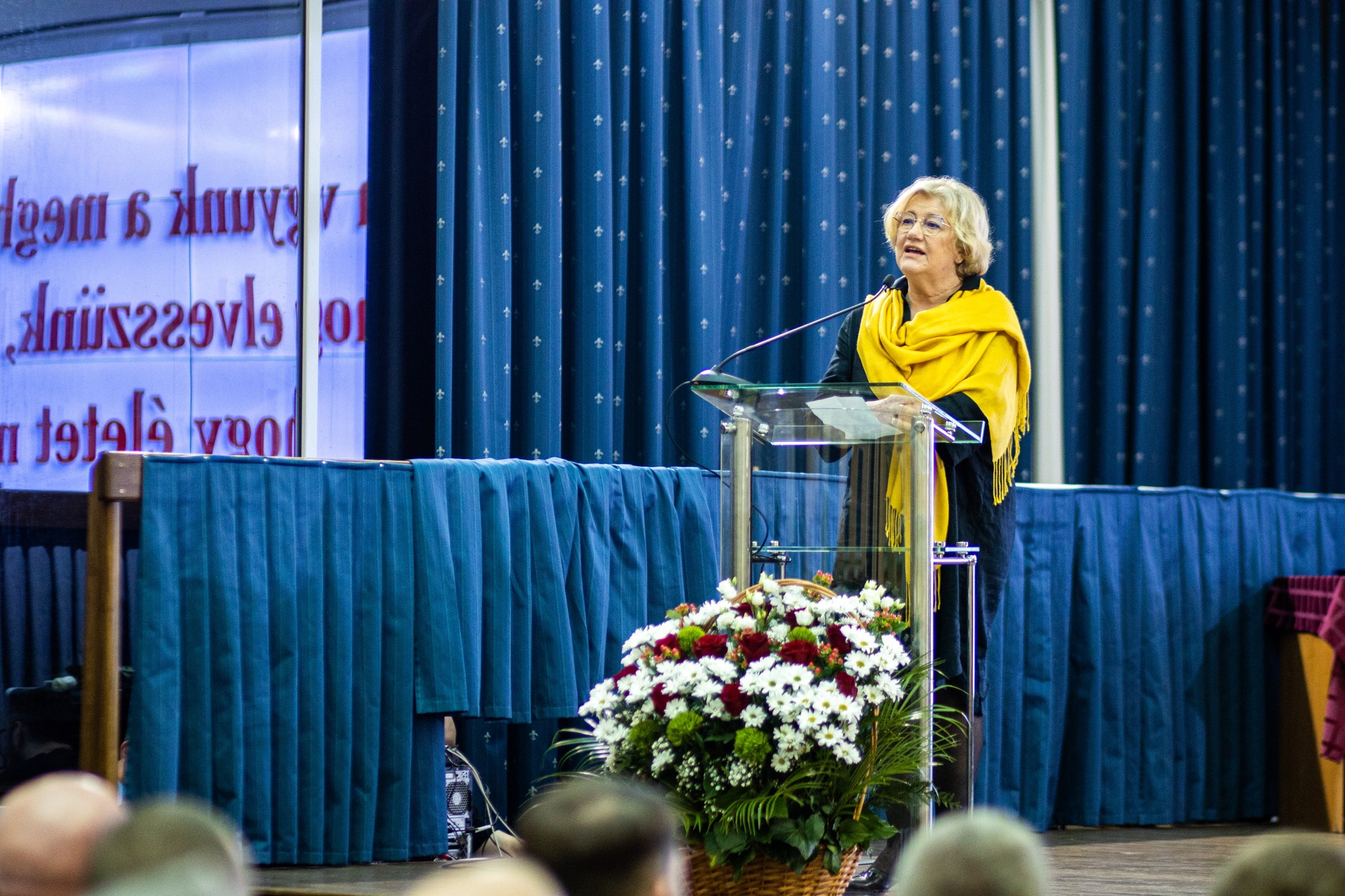
In her speech, she emphasized Hungary's commitment to supporting Hungarians living outside Hungary's borders.Continue reading

There has been a decline in the enforcement of language rights in Romania, according to a study presented by Tibor Toró, research director of the Bálványos Institute. He stated that the Bálványos Institute and Transylvanian Inquiry conducted a comprehensive survey on the enforcement of language rights in Romania in 2023, following the adoption of new administrative laws.
These laws particularly interfere in municipalities where the Hungarian population exceeds the 20 percent threshold for the enforcement of language rights. The percentage was based on the results of the 2011 census, as the findings of the latest census were not yet available. The results of the research, unveiled to the public during a press conference on Thursday, were compared with those of two previous surveys conducted in 2008 and 2014, revealing that although the legal framework for language rights has expanded, its practical application by local authorities has diminished.
Tibor Toró noted that while there are some positive examples, the overall trend indicates a decline, even in municipalities where the mayor is Hungarian or where Hungarian municipal representatives constitute the majority in the council.
He highlighted that this decline could be attributed to the reduced presence of language rights organizations in Romania, with the issue receiving less attention overall. A comprehensive survey was conducted in the 323 Romanian municipalities where the legal provisions for the enforcement of language rights should be upheld. Data was gathered through structured field observations, telephone interviews, and analyses of the websites and Facebook pages associated with these municipalities.
The research examined five hierarchical dimensions of language rights: bilingual signage, oral language usage, written communication, and official documents and forms. Mr. Toró emphasized that these dimensions aim to elevate the status of the Hungarian language or reinforce its official use in various contexts.
However, achieving higher levels of implementation necessitates greater investment and is crucial for preserving the status of the Hungarian language.
The results revealed that language rights appear to be stagnating at the second level, primarily focusing on oral language usage. In certain areas where Hungarians are living in dispersion, they fail to reach even the first level, where bilingual signage is absent. In Szeklerland, although the average reaches level three, indicating that municipal websites and Facebook pages are communicated in Hungarian, there is a significant lack in translation of official documents and forms.
Toró further explained that the decline in online language usage is evident, with fewer municipalities maintaining bilingual websites, and Hungarian translations of public information, municipal resolutions, and forms becoming increasingly scarce.
This trend is particularly notable in Hungarian-majority municipalities, where Democratic Alliance of Hungarians in Romania (RMDSZ), the Hungarian ethnic party, holds sway.
In conclusion, Mr. Toró observed that the issue of language use has gradually receded from the political agenda in Romania, partly due to the waning influence of language rights organizations and decreased emphasis from RMDSZ itself, compared to the period from 2008 to 2014.
Despite improvements in the legal framework, such as the requirement for forms to be translated into minority languages, the focus on implementation has diminished. Achieving linguistic equality no longer seems to be a priority in Romania, Toró lamented.
Via MTI; Featured Image: Facebook / Potápi Árpád János